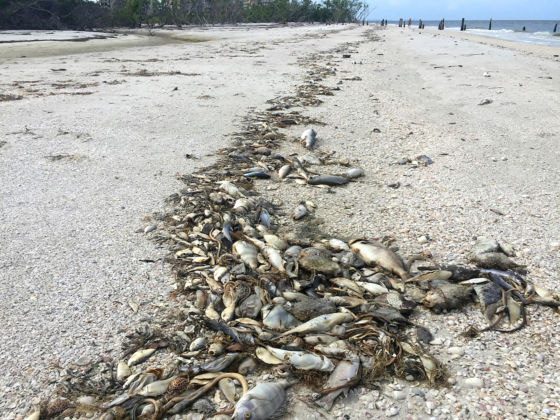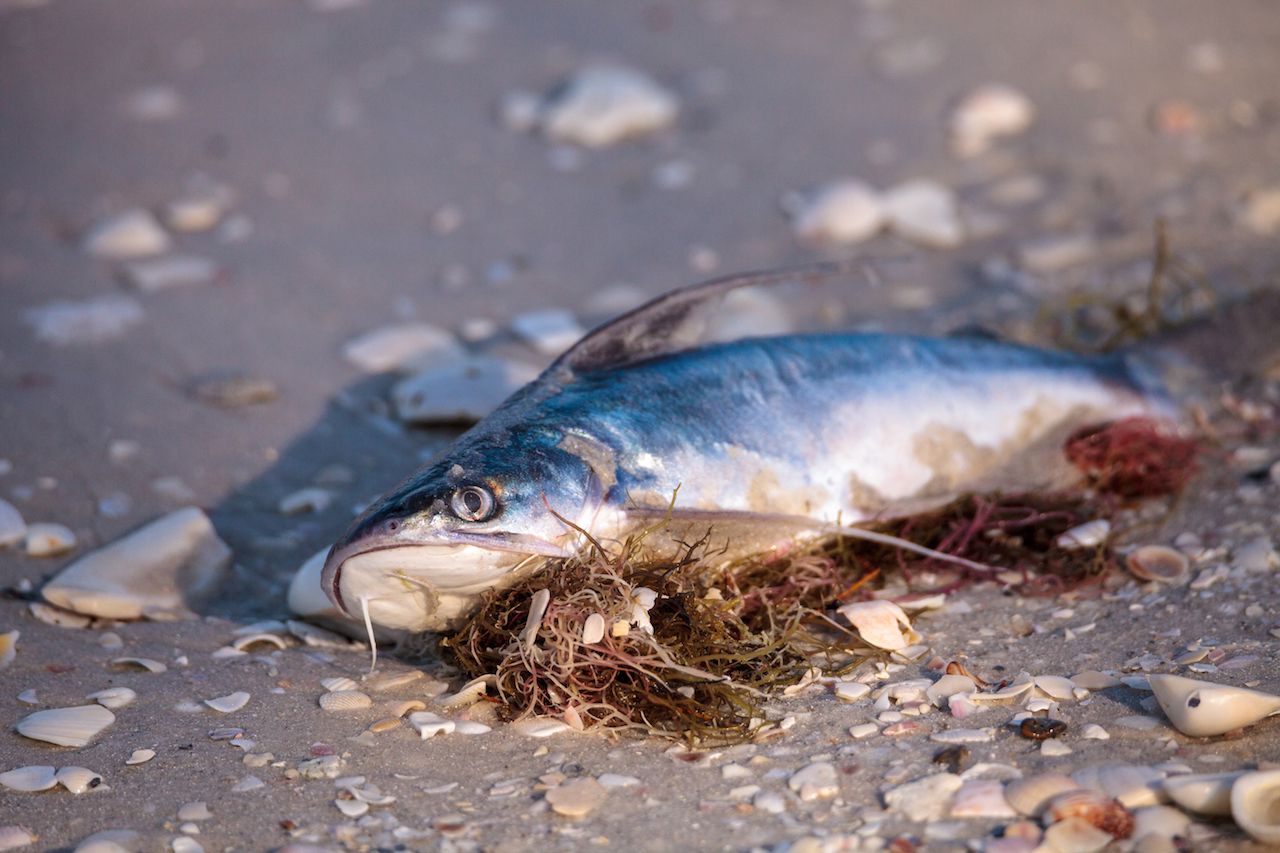The Breakers in Palm Beach sounded more like a retirement home TV room in Boca.
Hacking coughs and wet sneezes interrupted the waves crashing against the iconic hotel’s shuttered, empty beach. Guests rubbed their eyes and made uncomfortable faces until the irritation got to be too much. A few sought relief in the swimming pool. Most just went inside to the HMF Bar.

